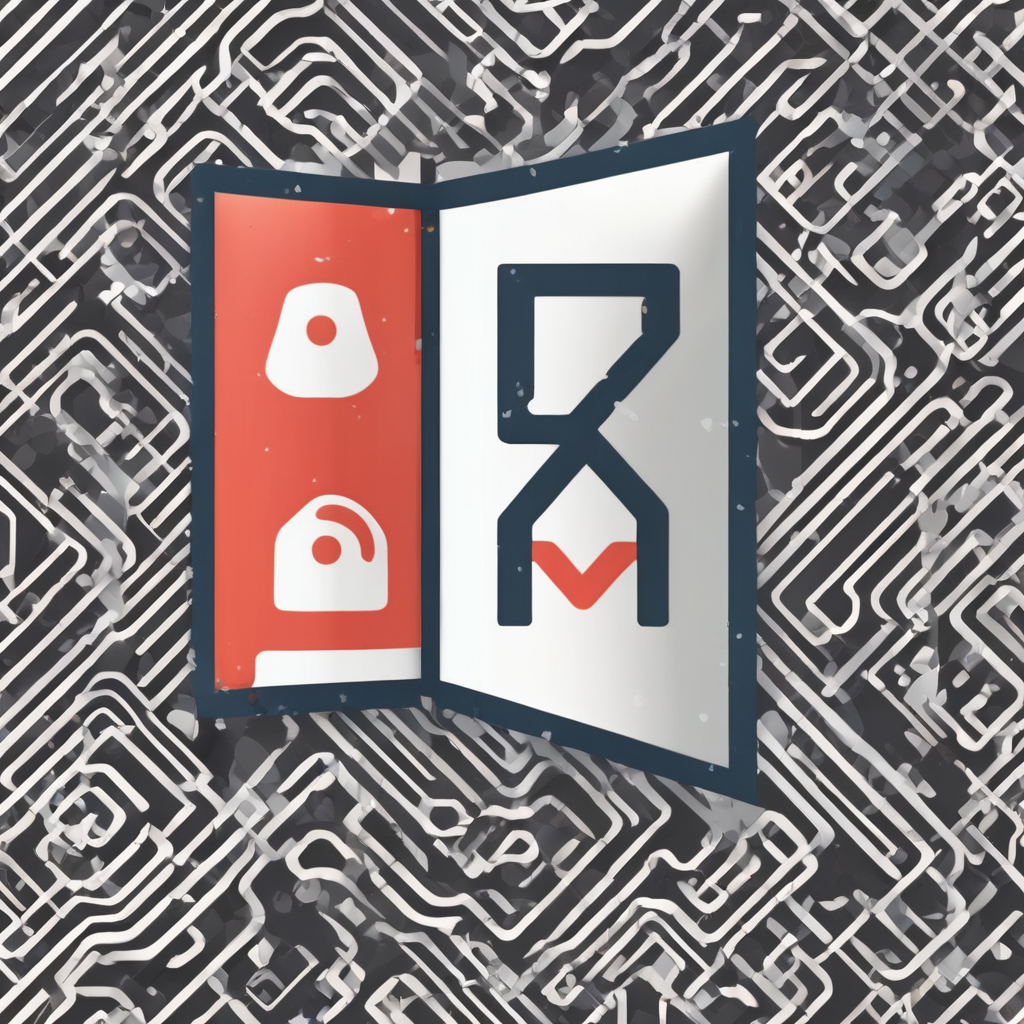Practical Ways Smartphones Boost Productivity
Smartphones come equipped with built-in productivity features that simplify daily tasks. Calendars help schedule appointments and deadlines efficiently, ensuring nothing is overlooked. Reminders notify users of crucial tasks, minimizing forgetfulness. Meanwhile, notes apps offer quick and easy sentence capture, making idea organization straightforward.
Productivity apps expand these capabilities significantly. Common types include task management apps, which assist in prioritizing and tracking responsibilities, and note-taking apps that offer versatile formats like text, audio, and images. Additionally, calendar and email apps keep communication and scheduling synchronized. These apps enable users to integrate multiple productivity tools into one device, streamlining workflow.
Also to discover : How Do Smartphones Enhance Computing Efficiency in the UK?
Smartphone features and apps transform everyday activities by automating routine actions such as setting reminders for meetings, organising shopping lists, or managing project timelines. For instance, integrating calendar alerts with task apps allows seamless coordination, reducing manual effort. Coupled with smartphone organization techniques—like customizing home screens or creating app folders—users can access critical tools promptly, maximizing productivity without unnecessary distractions.
Top Productivity Apps and Tools for Smartphones
Smartphones host a variety of best productivity apps designed to enhance daily efficiency. Among these, task management apps play a pivotal role by helping users prioritize, schedule, and track tasks seamlessly. They often support features like setting deadlines, reminders, and progress monitoring, assisting in breaking down projects into manageable parts.
Additional reading : How are UK developers shaping the future of smartphone apps?
Note-taking apps complement task managers by offering versatile options for capturing ideas, whether through typed text, voice recordings, or image attachments. These apps ensure that important information is organized and easily retrievable, essential for meetings or study sessions.
Collaboration and communication platforms further enhance smartphone productivity by allowing real-time sharing and interactive teamwork across locations. Automation and workflow apps ease repetitive tasks by integrating multiple tools, saving time and reducing manual input.
Using a combination of these productivity apps allows for a holistic approach to managing workloads and information. The smartphone becomes more than a communication device; it transforms into a powerful hub for task coordination, note organization, and collaborative projects, streamlining complex workflows with a few taps.
Practical Ways Smartphones Boost Productivity
Smartphones come with built-in productivity features such as calendars, reminders, and notes that simplify daily organization. Calendars help efficiently schedule appointments and deadlines, reducing missed commitments. Reminders push timely alerts for tasks, which minimizes forgetfulness. Notes apps allow quick idea capture, enabling users to jot down thoughts or important information instantly.
Beyond these, various productivity apps specifically address different needs. Task management apps enable prioritizing responsibilities, setting deadlines, and tracking progress, which breaks larger projects into manageable steps. Note-taking apps expand flexibility by supporting text, voice, or photo inputs, making information easy to organize and retrieve.
Everyday tasks become more streamlined through smartphone tools. For example, integrating calendar reminders with task apps automates coordination, saving users from manual planning. Grocery lists can be digitally maintained and shared, while project timelines can be monitored from anywhere. Effective smartphone organization enhances this by customizing home screens and grouping apps, allowing quick access to essential tools and reducing distractions. Together, these features and apps transform smartphones into powerful assistants for managing time and tasks with ease.
Practical Ways Smartphones Boost Productivity
Smartphones integrate several productivity features such as calendars, reminders, and notes, which are essential for daily task management. Calendars allow scheduling appointments and deadlines with easy adjustments, minimizing conflicts and overlooked commitments. Reminders provide timely alerts, ensuring important tasks aren’t forgotten. Notes apps offer quick capture of ideas, enabling users to jot down thoughts or information instantly with minimal effort.
Productivity apps supplement these built-in tools by catering to diverse needs. Task-focused apps help prioritize workloads and track progress efficiently. Note-taking apps expand flexibility by supporting different inputs like text, voice, and images, making stored information easier to access when needed. Other app types include automation tools that streamline repetitive tasks and collaboration platforms that facilitate seamless communication.
Everyday routines benefit from smartphone organization techniques that make accessing tools straightforward. Customizing home screens and grouping apps into folders reduces time spent searching, so users can focus on work. For example, integrating calendar reminders with task apps aids in seamless coordination of appointments and deadlines. Digital grocery lists can be shared for group convenience. Together, these features and apps transform smartphones into productivity hubs that simplify and accelerate daily task completion.
Practical Ways Smartphones Boost Productivity
Smartphones offer numerous built-in productivity features designed to streamline daily routines. Calendars facilitate easy scheduling and rescheduling of appointments and deadlines, reducing overlap and missed commitments. Reminders alert users at appropriate times, helping keep priorities on track without relying on memory alone. Notes apps provide an accessible way to capture ideas instantly, supporting quick information storage that can be referenced later.
Beyond these essentials, a wide range of productivity apps extend functionality. Task management apps support prioritization and progress tracking, breaking complex projects into manageable steps. Note-taking apps enhance organization by allowing diverse input formats such as text, voice, and images. Additionally, automation tools reduce repetitive manual actions by linking apps and services together.
Smarter smartphone organization is key to maximizing these tools. Structuring the home screen and creating dedicated folders for productivity apps allow rapid access to frequently used functions. Integrating calendars with task reminders automates scheduling coordination, while shared digital lists keep collaborative tasks transparent. By combining these features, everyday activities—like planning meetings or managing errands—become more efficient, turning smartphones into versatile productivity hubs.






